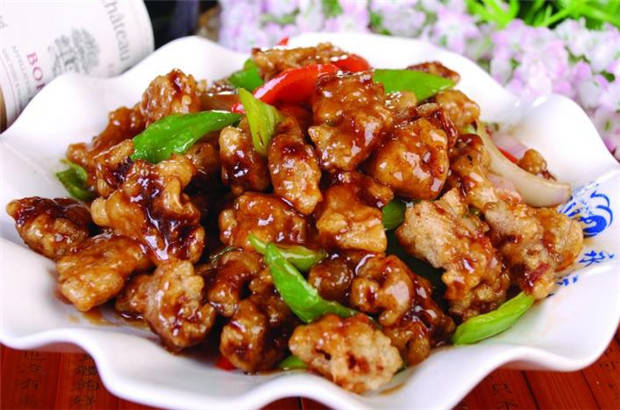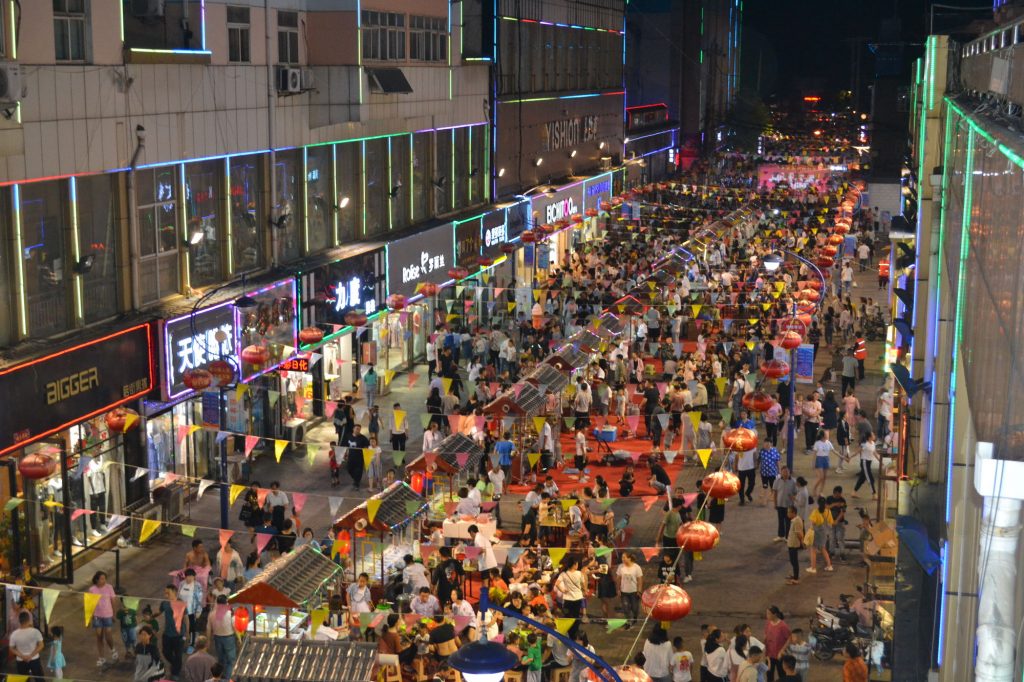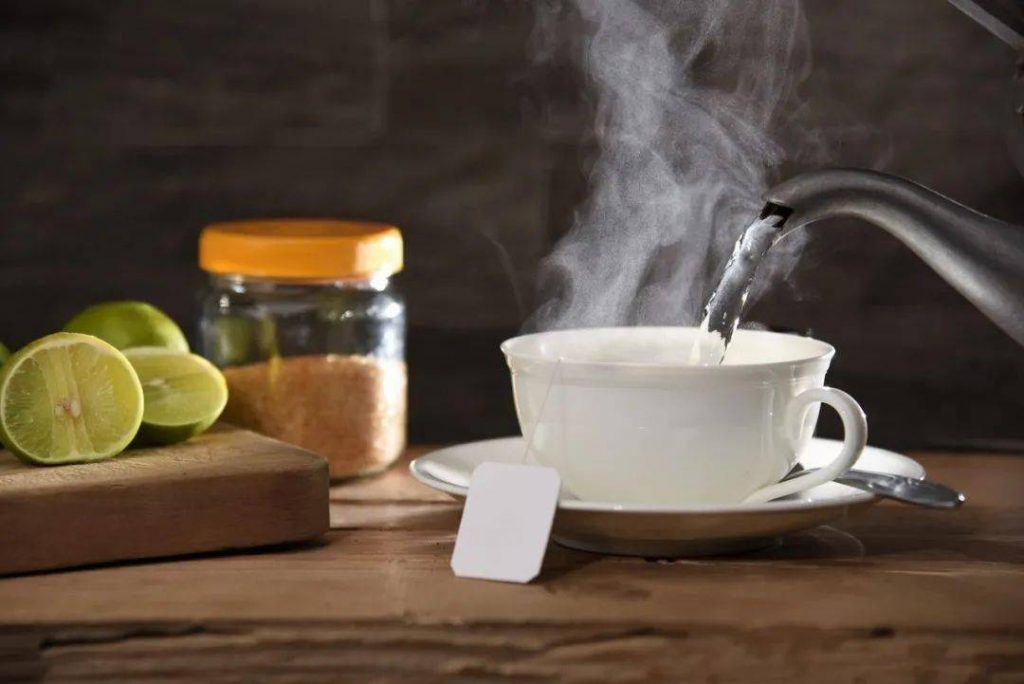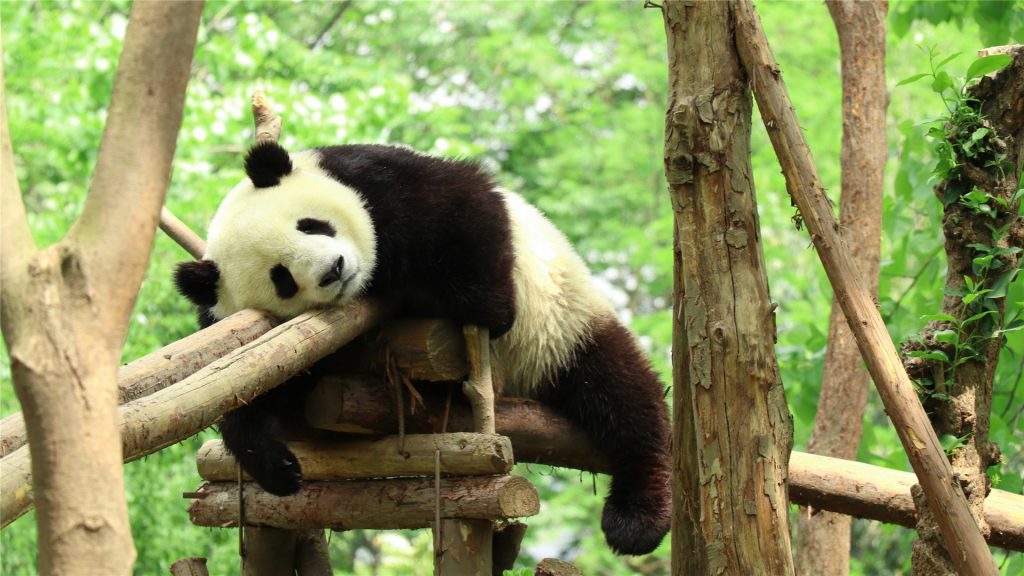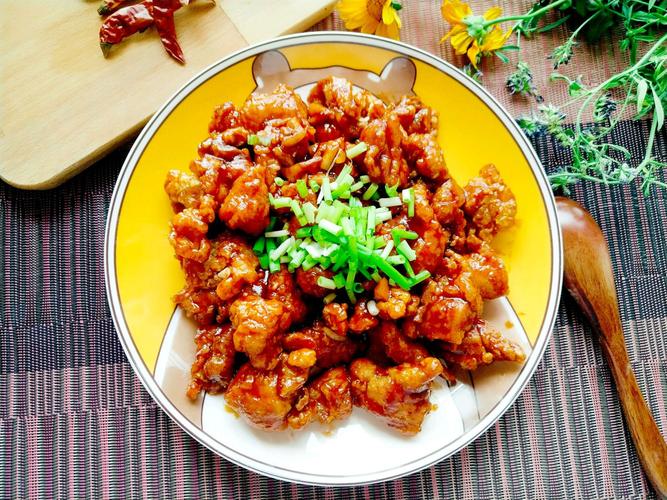
Zuo Zongtang Chicken, also known as “Zuo Rooster”, is a well-known Chinese dish both domestically and internationally. Although its name is related to the famous general Zuo Zongtang in the late Qing Dynasty, in reality, this dish has no direct connection to Zuo Zongtang himself. Its origin story is full of legendary colors and closely connected to Taiwan’s food culture.
The Origin of Zuo Zongtang Chicken
It is said that the creation of Zuo Zongtang’s chicken can be traced back to 1952, when Admiral Arthur William Redford, commander of the US Pacific Seventh Fleet, visited Taiwan. As a highly skilled chef, Peng Changgui knows that although traditional dishes are good, they are difficult to bring freshness to customers. So, on the third day of the banquet, he had an idea and cut the chicken into large pieces. He fried it until it was golden brown and partially charred, then added sauce and seasonings and stir fried it to make a brand new dish. After tasting it, Redford greatly appreciated it. When asked about the dish name, Peng Changgui casually named it “Zuo Zongtang Chicken” because he was from Hunan and hoped that the dish name would be loud and related to Hunan.
The inspiration for this name may have come from Zuo Zongtang’s reputation and his love for chickens. As a famous general in the late Qing Dynasty, Zuo Zongtang not only made outstanding military achievements, but also had his own preferences in diet. He particularly likes to eat chicken, especially likes to fry it until it is crispy and delicious. Therefore, Peng Changgui named this newly created dish “Zuo Zongtang Chicken”, which is both a tribute to Zuo Zongtang and a clever use of his popularity to promote this dish.
Over time, the “Zuo Zongtang chicken” gradually spread in Taiwan and even globally. Especially in the 1970s, with Peng Changgui opening the Peng Yuan restaurant in the United States and introducing this dish, “Zuo Zongtang Chicken” became famous and became one of the representative works of Chinese cuisine in the eyes of many foreigners.
Raw materials for Zuo Zongtang chicken
The main ingredients of Zuo Zongtang chicken include chicken leg meat, dried chili, egg yolk, ginger, garlic, scallions, etc. The selection and combination of these ingredients are crucial for the final taste and flavor of the dish.
Chicken leg meat: As the main ingredient of Zuo Zongtang chicken, chicken leg meat is known for its fresh and tender texture and delicate taste. It is rich in high-quality nutrients such as protein, minerals, and vitamins, making it an ideal choice for making this dish.
Dried chili: The addition of dried chili brings a unique spicy flavor and aroma to Zuo Zongtang chicken. It can not only enhance the overall flavor of dishes, but also stimulate appetite and greatly increase one’s appetite.
Egg yolk: Adding egg yolk to marinated chicken legs can make the chicken smoother, more tender, and juicy. Nutrients such as lecithin in egg yolks can also bind with proteins in chicken to form a protective film, preventing the chicken from becoming too dry and hard during frying.
Ginger, garlic, and scallions: These seasonings play a crucial role in Zuo Zongtang chicken. They can remove the fishy smell of chicken and increase the aroma and taste level of dishes. At the same time, they also have certain medicinal value, such as warming the middle and dispelling cold, sterilizing and anti-inflammatory.
In addition to the main ingredients mentioned above, making Zuo Zongtang chicken also requires some auxiliary materials such as salt, starch, soy sauce, white vinegar, white sugar, chili oil, etc. These ingredients play a crucial role in seasoning and thickening processes, making dishes more flavorful and diverse.
The taste of Zuo Zongtang chicken
The taste of Zuo Zongtang chicken is unique and complex, blending various flavor elements such as sourness, sweetness, spiciness, and freshness to create an irresistible delicacy.
Crispy on the outside and tender on the inside: During the frying process, Zuo Zongtang chicken adopts a technique of first marinating and then frying, which makes the outer skin of the chicken crispy and delicious, while maintaining a fresh and juicy taste inside. This crispy on the outside and tender on the inside is a major feature of Zuo Zongtang chicken and one of the important factors that attract diners.
Moderate sour and sweet taste: During the seasoning process, Zuo Zongtang chicken was added with an appropriate amount of white vinegar and sugar to give the dish a balanced sour and sweet taste. This sour and sweet taste not only neutralizes the spiciness but also stimulates the taste buds and increases appetite.
Spicy but not dry: Although Zuo Zongtang chicken has added spicy seasonings such as dried chili, its spiciness is not stimulating but presents a spicy but not dry taste. This spicy flavor can enhance the overall flavor of the dish without making people feel too spicy or uncomfortable.
Fresh, fragrant and beautiful: In addition to the above taste elements, Zuo Zongtang chicken also pays attention to the freshness of raw materials and the combination of seasonings, making the dish present a fresh, fragrant and beautiful taste. This fresh and delicious taste not only comes from the deliciousness of the chicken itself, but also from the clever combination of various seasonings and the exquisite use of cooking techniques.
Zuozongtang chicken is a delicious and nutritious dish. Its origin is full of legendary colors, and its selection and combination of ingredients also reflect the chef’s ingenuity. And its unique taste is even more unforgettable, becoming a favorite of many diners. Whether at family gatherings or business banquets, Zuo Zongtang chicken is a rare and delicious dish.

